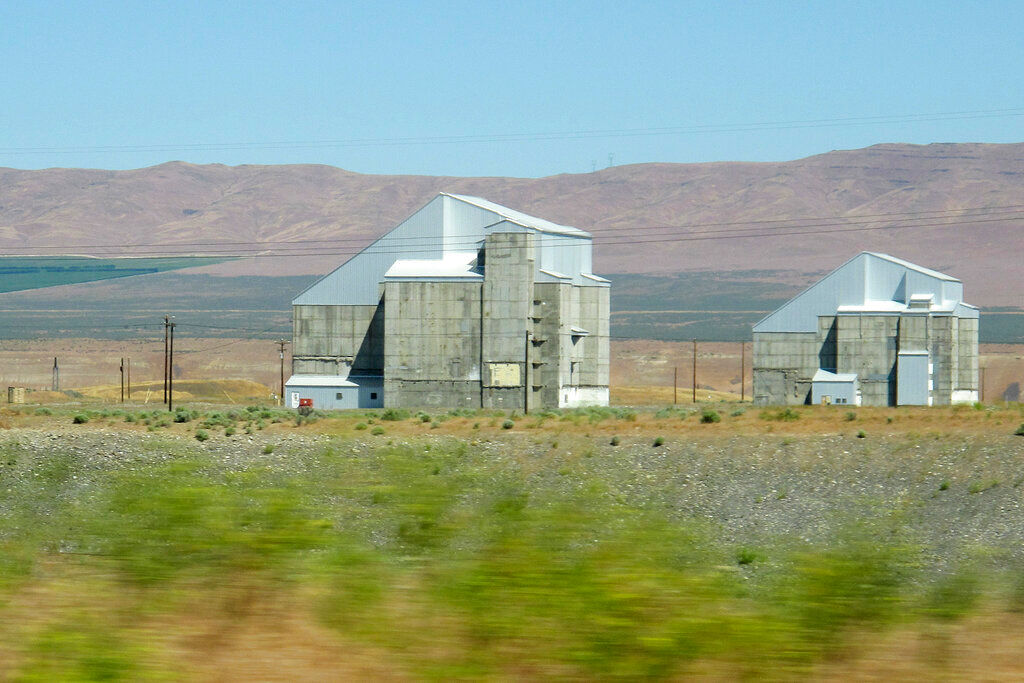The federal government of the United States is “cocooning” eight plutonium production reactors at Hanford to eventually dismantle them. The process will place the reactors in a state of long-term storage to allow radiation inside to dissipate over a period of decades.
Though the process of dismantling a nuclear reactor generally takes billions of dollars, the government this one will be cheaper.
“It’s relatively non-expensive. The cost of trying to dismantle the reactor and demolish the reactor core would be extremely expensive and put workers at risk,” Mark French, a manager for the US Department of Energy, was quoted as saying by the Associated Press.
The cocoon plan is to basically construct steel buildings around them. Each building is 158 feet (48.2 meters) long, 151 feet (46 meters) wide, and 123 feet (37.5 meters) tall, French said. The two steel buildings will cost less than $10 million each.
The federal government built nine nuclear reactors at Hanford to make plutonium for atomic bombs during World War II and the Cold War. The site along the Columbia River contains America’s largest quantity of radioactive waste.
Also read: Nuclear, cleaner? Climate change shifts focus to controversial energy source
The reactors are now shut down and sit like cement fortresses near the southeastern Washington city of Richland. Six have already been cocooned for long-term storage, and two more are headed in that direction. The ninth reactor was turned into a museum as part of the Manhattan Project National Historical Park.
While World War II ended in 1945 and the Cold War ended in 1989, the United States is still paying billions of dollars per year for the disposal of the nuclear waste produced by the atomic weapons that played a big role in ending those conflicts. The biggest expense is dealing with a massive volume of liquid wastes left over from the production of plutonium, a key ingredient in nuclear weapons.
While the liquid wastes stored in 177 underground tanks will take decades of work and hundreds of billions of dollars to clean, efforts to secure the nine plutonium reactors are much closer to completion.
The last two reactors, shut down in 1970 and 1971, are about to enter the cocooning stage when they are covered with steel and cement to prevent radioactivity from escaping into the environment, French said.
Cleanup of Hanford, which has about 11,000 employees and is half the size of Rhode Island, started in the late 1980s, and now costs about $2.5 billion per year. The work has been slowed by technical issues, lack of funding, lawsuits from state regulators, worker exposure to radiation, and turnover of contractors on the complex job.
The nine reactors — called B Reactor, C Reactor, D Reactor, DR Reactor, F Reactor, H Reactor, K-East Reactor, K-West Reactor, and N Reactor — were built from 1943 through 1965.
The most intriguing of the old reactors is the B Reactor, the first one built during World War II. It will not be cocooned and can be visited by tourists at the national historical park. B Reactor, which shut down in 1968, was cleaned up enough to allow some 10,000 tourists to visit each year and learn the history of Hanford. It has been designated a National Historic Landmark.
Plutonium from Hanford’s B Reactor was used in the testing of the world’s first atomic bomb in July 1945. Called the Trinity Test, the bomb was blown up in the New Mexico desert. Hanford plutonium was also used for the bomb that was dropped over Nagasaki, Japan, on August 9, 1945.
(With AP inputs)







